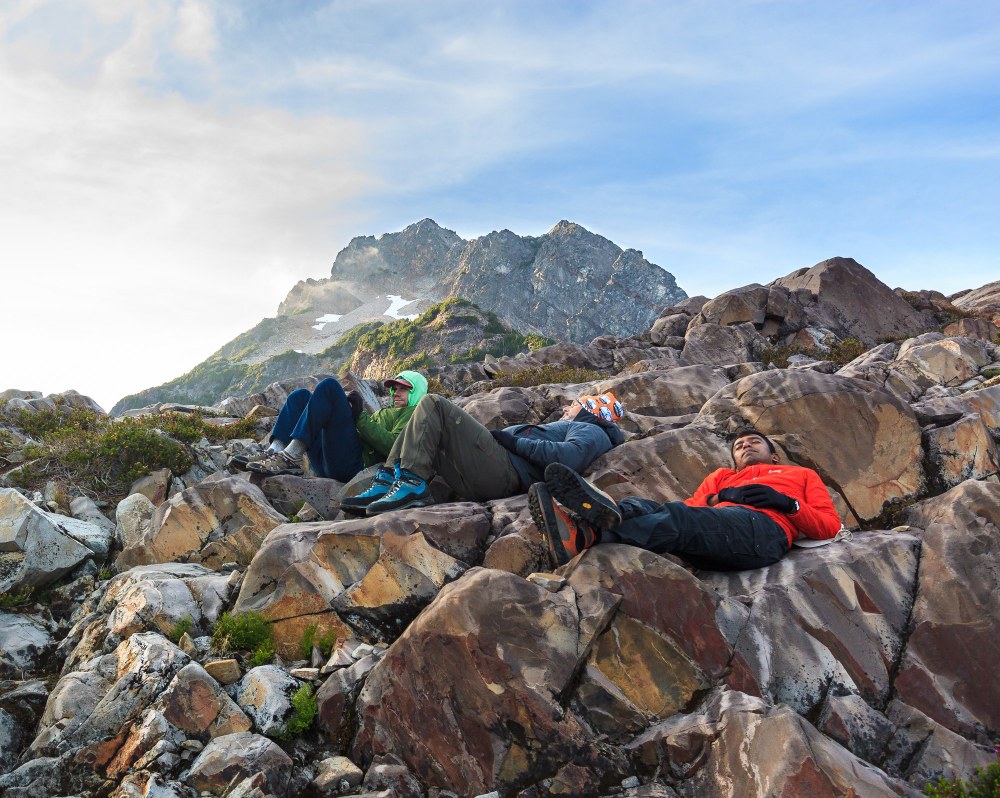
As a big trip approaches, it’s understandable that you might worry about whether you’ve done enough to prepare. For some people, this means throwing everything at a training regimen at the last minute under the mistaken idea that more is better. Unfortunately, such thinking can lead to overtraining, resulting in a strain or injury that can lead to a cancelled trip before you even get started. The focus of this quarter’s issue is “appreciation”, and it brings to mind the need to recognize all the hard work you’ve put in by allowing your body the rest and recovery it needs before a trip. To fully understand what it means to taper and how to include it in your training program, read on.
Taper defined
You cannot train hard right up until the day before or morning of a trip and expect to be fully recovered. If you remember nothing else, remember this: fitness improves with rest. What you are trying to do when you taper is recover from a season of hard training so that you are rested and ready to put your training to the test. When you have trained and “peaked” properly, you should feel like you have plenty of “pop” or “spring” in your muscles. You should almost feel antsy, as though you cannot wait to get moving again.
How long to taper
The length of your taper is in direct proportion to the length of your event and how fit you are going into it. Someone embarking on a three-week climb or week-long backpack will taper longer than someone doing a one-day hike or a 5K foot race. If you have reached a high level of fitness, you may need a shorter taper than someone who has struggled to get to a certain fitness level. If you are in the middle of a season with several “big climbs” planned, you may need a maintenance program during the month before, with mini-peaks and minitapers of several days before each event.
Load taper
Using a multi-day backpack as our example, a taper might start two weeks before your trip starts. Your last back-toback weekend (i.e. pack carries on successive days with no rest between hikes) should be no closer than two weeks before your trip. You might do a final single-day pack hike the weekend before your trip (seven days out), with a short strength workout not closer than five days out. This enables the muscle glycogen (energy stored in your cells) to replenish and provides a mental and physical break before you need your full capacities to excel at your climb or race.
Cardio taper
Aerobic workouts should also decrease in duration and intensity the week leading up to your trip, although it’s okay to keep the frequency. You might choose to include an easy hike with half the target pack weight you intend to carry, with half the distance or elevation you normally do, in order to “stretch out.” Instead of an hour of hills or stairs, you might only do thirty minutes. Two days before your trip, use the day for active recovery (flat biking, swimming, yoga, or gardening). The day before, go for a brisk walk or a short easy jog for twenty minutes. Trust that the rest will have your body raring to go. Happy peaking and tapering!
Courtenay Schurman is an NSCA-CSCS certified personal trainer, Precision Nutrition Level 2 Certified Nutrition Supercoach, and co-owner of Body Results. She specializes in training outdoor athletes. For more how-to exercises or health and wellness tips, visit her website at www.bodyresults.com or send a question to court@bodyresults.com.
This article originally appeared in our Fall 2019 issue of Mountaineer Magazine. To view the original article in magazine form and read more stories from our publication, click here.
 Courtenay Schurman
Courtenay Schurman